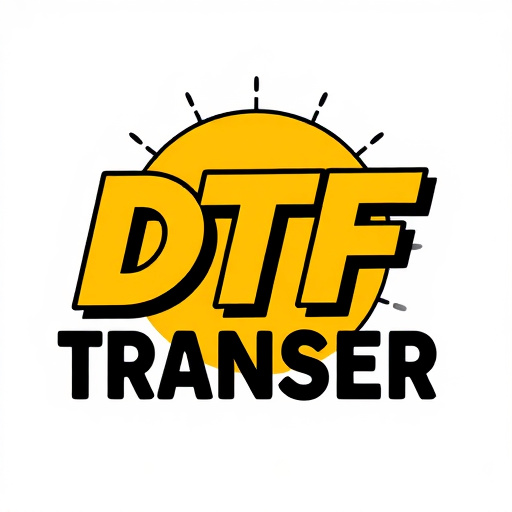Engine Roar Amplification Systems transform driving by enhancing the aggressive intake sound using advanced acoustic principles and precise sensor technology. This personalized auditory experience caters to automotive enthusiasts' desire for engine note replication without compromising performance. Future trends include electrification, synthetic exhaust notes in electric vehicles (EVs), and dynamic sound tuning via active noise control systems. However, enthusiasts face regulatory challenges, navigating complex noise pollution laws and strict aftermarket exhaust system standards designed to maintain public comfort and safety.
“Engine roar amplification systems have captivated automotive enthusiasts for decades, with their ability to enhance the aggressive intake sound enhancing the driving experience. This article delves into the intricate mechanics behind these systems, tracing their evolution from past trends to future innovations. We explore the legal considerations and safety implications, providing a comprehensive guide to navigating this dynamic landscape. Discover how aggressive intake sound enhancement options continue to revolutionize the automotive industry while staying within regulatory boundaries.”
- Understanding Engine Roar Amplification Systems: A Deep Dive into the Mechanics
- The Evolution of Aggressive Intake Sound Enhancement Options: Past, Present, and Future Trends
- Legal Considerations and Safety Implications: Navigating the Landscape of Engine Roar Amplification Systems
Understanding Engine Roar Amplification Systems: A Deep Dive into the Mechanics

Engine Roar Amplification Systems offer an immersive experience by enhancing the aggressive intake sound, transforming the driving experience. These systems work by utilizing advanced acoustic principles to amplify and optimize the natural sounds produced by the engine. At the heart of this technology lies a sophisticated network of sensors, microphones, and processors that precisely capture and manipulate the engine’s vibrations.
The process begins with the detection of high-frequency sound waves generated during the intake stroke. These signals are then processed to enhance specific frequencies associated with the engine’s roar. The system can be tuned to amplify certain notes or create a more balanced sound profile, catering to various preferences. This customization allows drivers to personalize their vehicle’s auditory experience, making every acceleration an engaging sensation.
The Evolution of Aggressive Intake Sound Enhancement Options: Past, Present, and Future Trends

The evolution of aggressive intake sound enhancement options has come a long way, driven by automotive enthusiasts’ desire to enhance their driving experience. Historically, these systems were primarily focused on increasing engine power and performance, often at the expense of the inherent engine roar—a distinctive characteristic of high-performance vehicles. However, advancements in technology have paved the way for more sophisticated sound engineering. Modern aggressive intake sound enhancement options involve careful tuning and integration of specialized components like resonators, tubes, and electronic control units to replicate or even amplify the natural engine note without compromising performance.
Looking ahead, future trends in aggressive intake sound enhancement are expected to be shaped by electrification and advanced audio processing. Electric vehicles (EVs), for instance, offer unique opportunities for sound design as they lack a traditional internal combustion engine. Developers are exploring ways to create synthetic yet compelling exhaust notes using electric motor sounds and smart audio generation. Additionally, the integration of active noise control systems could allow for dynamic sound tuning, offering both quiet operation and customizable aggressive intake sounds at the driver’s discretion.
Legal Considerations and Safety Implications: Navigating the Landscape of Engine Roar Amplification Systems

The world of engine roar amplification systems presents a unique blend of performance enhancement and legal complexities. As enthusiasts explore aggressive intake sound enhancement options, they must navigate a landscape governed by stringent regulations designed to ensure safety and public comfort. Many countries have strict noise pollution laws that limit the decibel levels permissible for vehicle modifications, especially in residential areas. Exceeding these limits can result in hefty fines or even vehicle impoundment.
Moreover, the focus on noise reduction and emission control has led to the development of stringent standards governing aftermarket exhaust systems. Manufacturers must ensure their products do not compromise safety or contribute to excessive noise levels. This includes rigorous testing and certification processes aimed at mitigating potential risks associated with modified engines, such as increased noise emissions that could affect nearby communities or impact the overall driving experience in urban settings.
Engine roar amplification systems, while offering enthusiasts an enhanced driving experience, come with a range of considerations. From mechanical understanding to legal implications, it’s clear that the evolution of aggressive intake sound enhancement options is a complex landscape. As trends continue to develop, ensuring safety and compliance with regulations will be key. Enthusiasts and manufacturers alike must stay informed to fully appreciate and utilize these systems responsibly.














